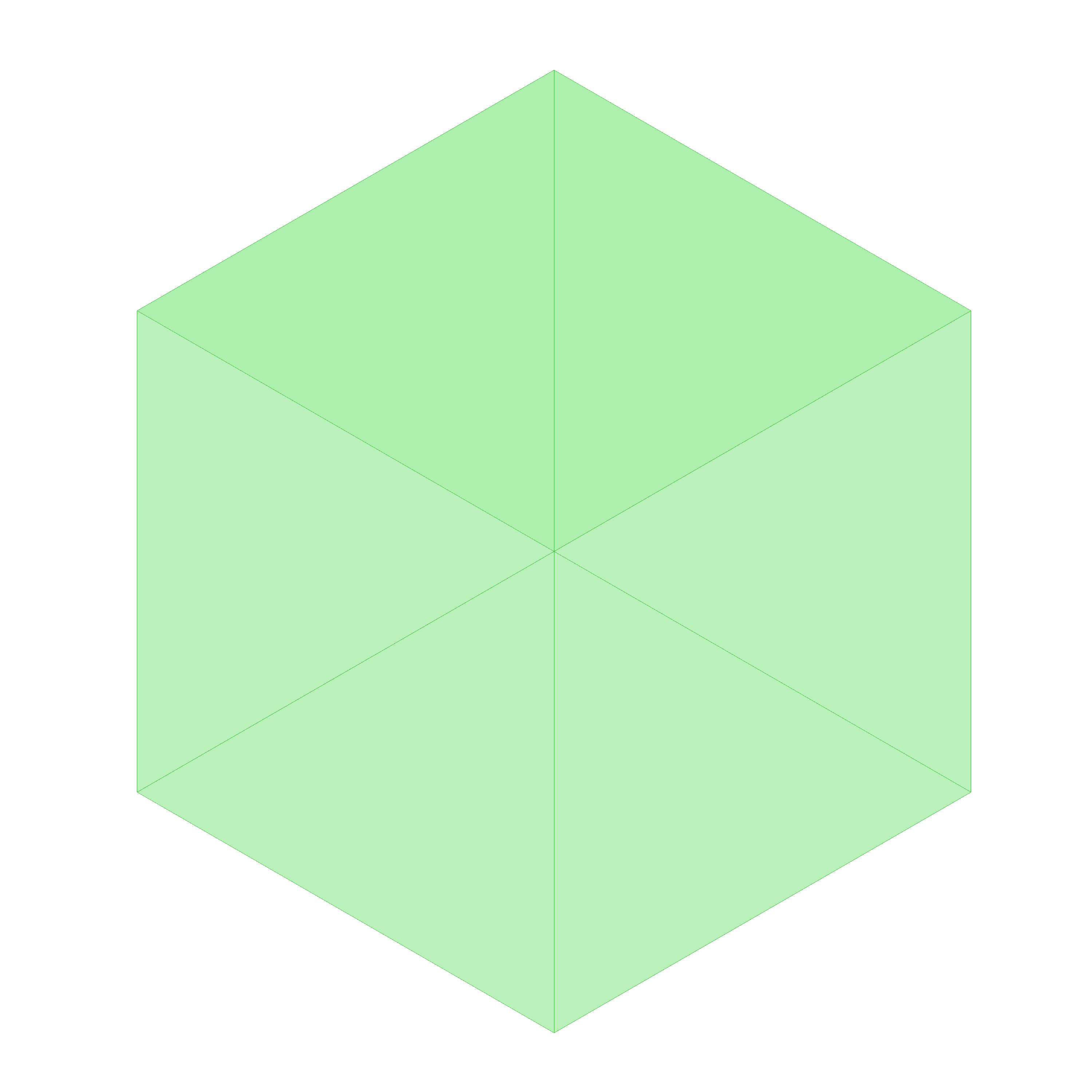Auxetic Unit Cells [Table]
Daniel Maldonado Naranjo auxetic surface structure structure design unit cell bistable auxetic cellThis week I have been reading up on literature regarding auxetic unit cells. This week I decided to rechange my focus to looking at different unit cells because after last week when I made the auxetic structure I realized that the auxetic cells do not behave the way that is shown in a simulation. I also interested in learning about the different mechanical properties of auxetic structures. From last week I hypothesized that the mechanical properties and behaviour of the auxetic structure I made was based on the type of material as well as the kind of unit cell that is used to make up the structure.
Last week the unit cells explored were:
The unit cell helps determine the range of motion that a structure can undergo. I am currently working on tabulating and summarizing the results that I find so that in the future one can make a better informed decision as to what type of unit cell might be best suited for a certain application or design. As I learned last week, the unit cells behave differently once manufactured and I am also planning on tabulating/summarizing a few results that are tested from the different unit cell designs.
The literature that I have been reviewing: Title: AUXETIC STRUCTURES: TOWARDS BENDING-ACTIVE ARCHITECTURAL APPLICATIONS Link: https://issuu.com/lorenzomirante/docs/2015_12_mirante_b/133
Title: On Elastic Geodesic Grids and Their Planar to Spatial Deployment https://arxiv.org/pdf/2007.00201.pdf
Title: Computational Design of Deployable Auxetic Shells Link: https://lgg.epfl.ch/publications/2018/DeployableAuxeticShells/paper.pdf
Title: Rapid Deployment of Curved Surfaces via Programmable Auxetics Link: https://lgg.epfl.ch/publications/2018/ProgrammableAuxetics/paper.pdf
Title: Bistable Auxetic Mechanical Metamaterials Inspired by Ancient Geometric Motifs Link: https://www.sciencedirect.com/science/article/pii/S2352431616301298

